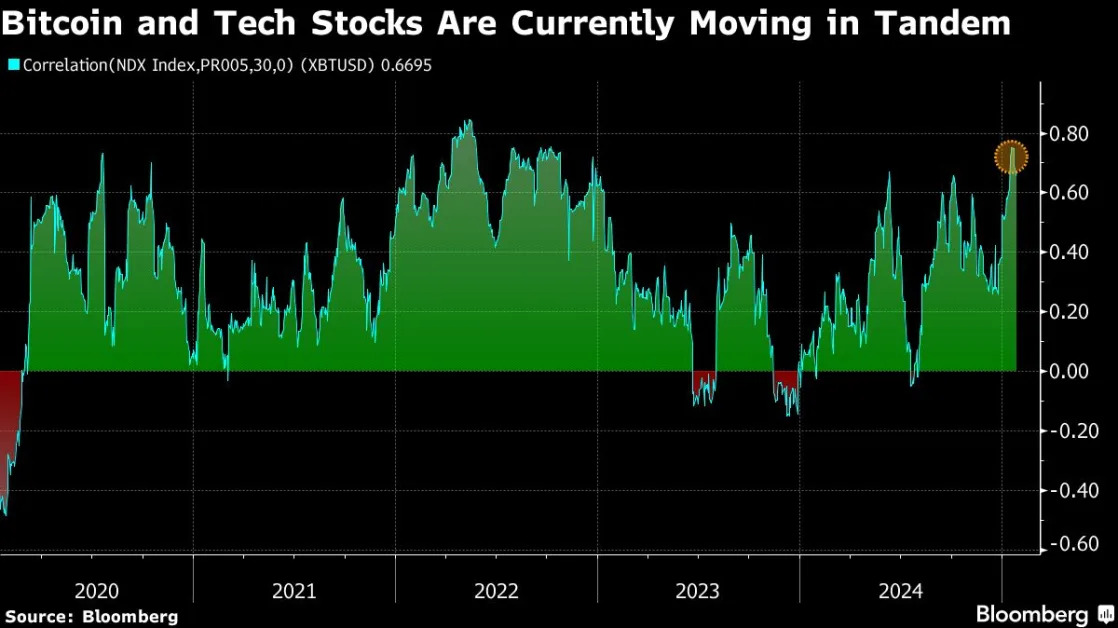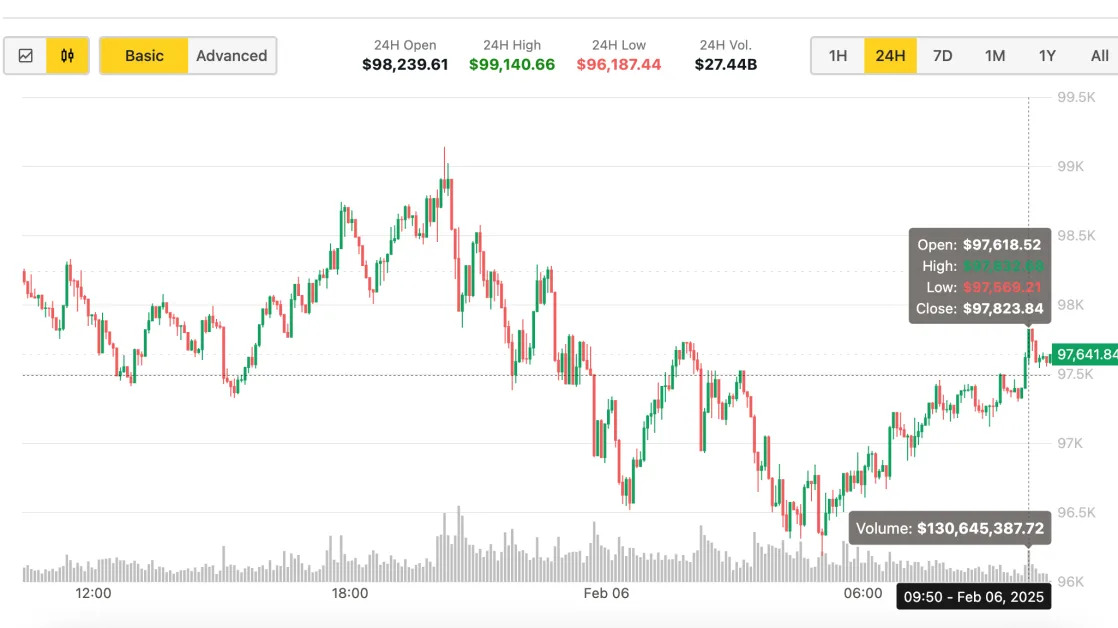(Bloomberg) -- New Zealand’s central bank cut interest rates, embarking on an easing cycle much sooner than previously indicated as the economy slumps and inflation slows. The local dollar plunged.
The Reserve Bank’s Monetary Policy Committee lowered the Official Cash Rate by a quarter percentage point to 5.25% Wednesday in Wellington. Nine of 23 economists in a Bloomberg survey anticipated the move, while 14 expected no change. The RBNZ’s new forecasts show the average OCR falling to 4.92% in the fourth quarter and to 4.36% by the middle of next year.
“New Zealand’s annual consumer price inflation is returning to within the Monetary Policy Committee’s 1-3% target band,” the RBNZ said. “The pace of further easing will depend on the Committee’s confidence that pricing behavior remains consistent with a low inflation environment, and that inflation expectations are anchored around the 2% target.”
The RBNZ’s pivot to easing is a rapid change of tune after it said in May it considered raising rates and wouldn’t cut them until the second half of 2025. The bank’s concerns over sticky domestic inflation are being alleviated as the economy teeters on the brink of its third recession in less than two years and unemployment rises.
The New Zealand dollar fell to 60.34 US cents after the decision from 60.70 cents beforehand. RBNZ Governor Adrian Orr will hold a press conference at 3 p.m. local time.
Investors saw a 67% chance that the RBNZ would cut rates today.
“We expect the RBNZ will continue steadily cutting the OCR by 25 basis points in consecutive meetings, with the next cut in October,” said Nick Tuffley, chief economist at ASB Bank in Auckland. “If inflation pressures evaporate faster than expected, the RBNZ may need to hasten the return to a more neutral setting.”
Another Recession
The RBNZ adopted a less hawkish tone in its July review, when it said tight policy might be curbing demand more strongly than expected. Today it forecast contractions in the second and third quarters of this year, which would be the country’s third recession since the end of 2022.
“The Committee noted that the weakening in domestic economic activity observed in the July Monetary Policy Review has become more pronounced and broad-based,” the RBNZ said. “With a broad range of indicators suggesting the economy is contracting faster than anticipated, the downside risks to output and employment that were highlighted in July have become more apparent.”
Investors have ramped up bets on central banks cutting rates since jobs data in the US signaled the risk of a recession in the world’s largest economy. The Federal Reserve is expected to start its easing cycle next month and policymakers in Canada, England and at the European Central Bank have already begun theirs.
By contrast, the Reserve Bank of Australia held borrowing costs steady last week and Governor Michele Bullock has indicated it won’t hesitate to raise rates if needed to bring inflation to heel.
The RBNZ’s updated forecasts show a big drop in the forward track for the cash rate compared with its May projections. They show the average OCR at 4.62% early next year and at 3.85% by the end of 2025.
Inflation slowed to 3.3% in the second quarter, putting the RBNZ’s 1-3% target within reach, though a gauge of domestically generated inflation sat at 5.4%.
The central bank today forecast inflation will drop to 2.3% in the current quarter but won’t return to the 2% midpoint until mid-2026.
“Recent indicators give confidence that inflation will return sustainably to target within a reasonable time frame,” the RBNZ said. “However, members noted that monetary policy will need to remain restrictive for some time to ensure that domestic inflationary pressures continue to dissipate.”





